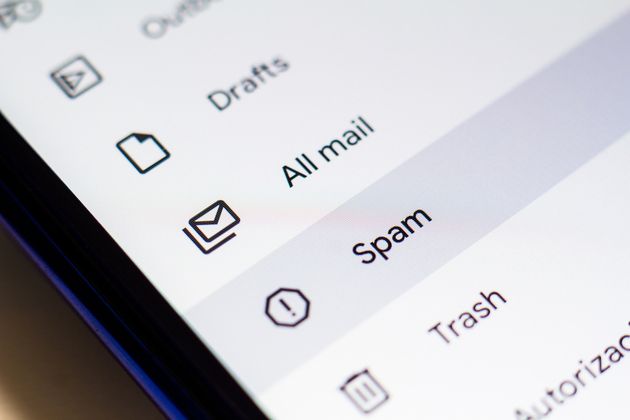We see them less but their presence remains massive. As the non-profit association Signal Spam points out, spam remains an endemic and massive phenomenon. These spam emails, two thirds unwanted marketing and one third malicious, represent between 85% and 95% of the volume exchanged daily on messaging services.
To better combat this scourge, Google – one of the market leaders with Gmail – and Yahoo! – one of its challengers – have just revealed a joint announcement. A reminder of their convergence of views on how to stem spam.
New rules
The two companies will indeed soon put in place new rules for mass senders. As Google points out, if its tools based on artificial intelligence manage to block 99.9% of spam and phishing attempts – sometimes at the cost of untimely blocking of legitimate sendings – there are still holes in the racket .
Thus, by the next first quarter, Google and Yahoo! will ask mass senders to authenticate. This new obligation can be respected by registering with the various existing solutions, whether SPF (Sender Policy Framework), DKIM (DomainKeys Identified Mail) or even DMARC (Domain-based Message Authentication) registration, a security protocol designed to prevent email spoofing.
Common tip
Cybercriminals frequently use this type of spoofing to give more legitimacy to their malicious emails. The two young French people recently prosecuted for sending extortion emails based around pornography had, for example, explained to the court how they had been able to very simply usurp the senders’ addresses, a way of making their threats credible.
In addition to this authentication, Google and Yahoo! finally plan to make it easier to unsubscribe from a list. It should be possible in one click and should not take more than two days. Finally, they threaten senders with a ban on spam rates declared by recipients that are too high.
